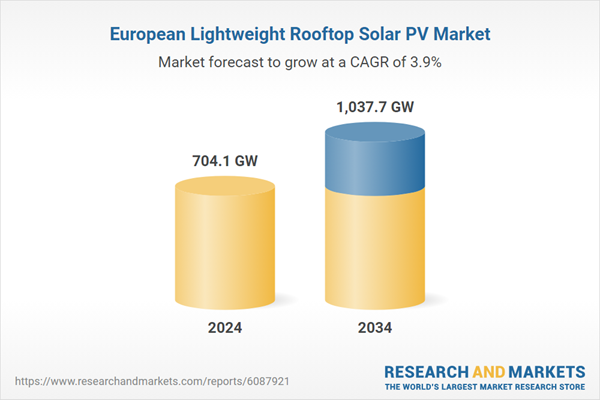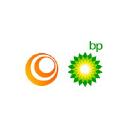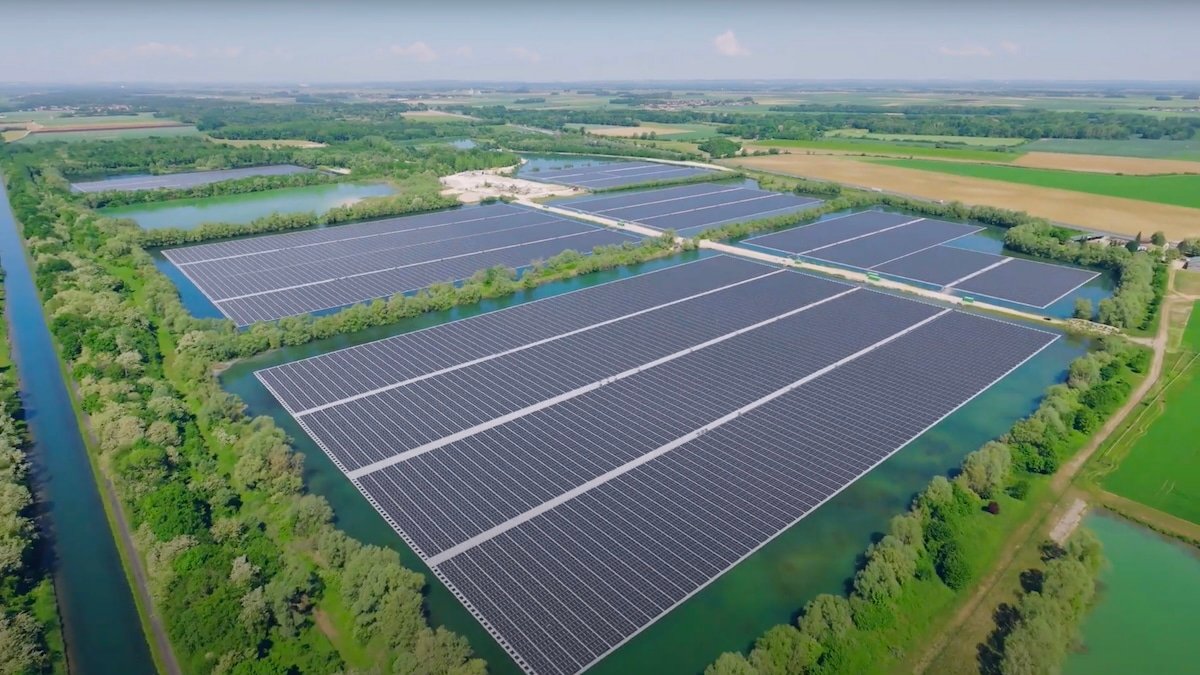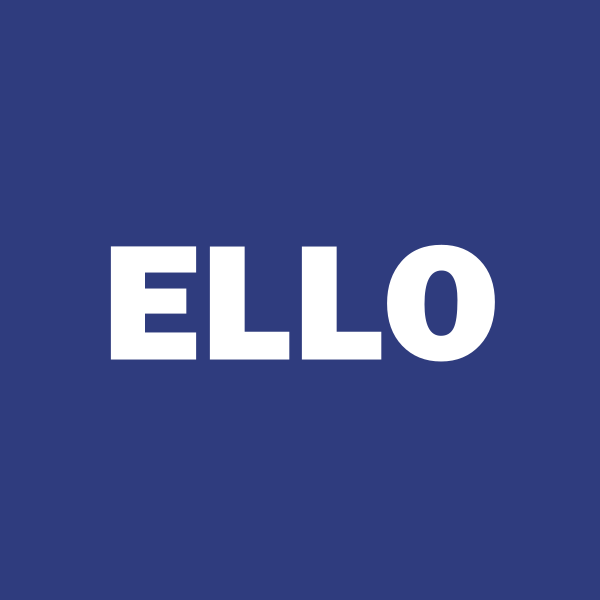The lightweight rooftop solar photovoltaic (PV) market in Europe is set for substantial growth, with projections indicating an increase from 704.1 gigawatts (GW) in 2024 to 1,037.7 GW by 2034, reflecting a compound annual growth rate (CAGR) of 3.96%. This expansion is fueled by strong regulatory backing for renewable energy initiatives, regional sustainability targets, and advancements in material science.
Lightweight solar PV systems utilize thin-film technology and polymer-based substrates, which are 30-60% lighter than traditional photovoltaic panels. Despite this reduced weight, they maintain comparable efficiency, making them ideal for buildings with limited roof capacity, especially in densely populated urban areas. The trend towards building-integrated photovoltaics (BIPV) is gaining traction across Europe, driven by supportive policies such as the European Green Deal, along with various national feed-in tariffs and subsidies that promote energy independence and decarbonization across commercial, industrial, and residential sectors.
The lightweight PV systems align well with Europe’s ambitious goals for net-zero carbon buildings and circular construction practices. As technological innovations continue to enhance durability and energy yields, concerns regarding the performance of lightweight panels compared to conventional systems are being alleviated. Enhanced weather resistance and improved integration options further bolster the case for lightweight solar technology.
These lightweight rooftop systems are becoming essential for facilitating flexible and low-impact solar energy deployment throughout Europe, particularly as cities aim to build sustainable infrastructure and improve renewable energy distribution.
The market analysis reveals several key trends and challenges: – **Trends** include the rising adoption of thin-film and polymer-based panels tailored for weight-sensitive rooftops, the growth of BIPV in urban settings, and the integration of solar PV systems with energy storage solutions to boost efficiency. – **Drivers** of this growth encompass EU climate initiatives, strong policy support including subsidies and tax incentives, and an increasing demand for solar installations on aging or structurally limited rooftops. The declining costs associated with lightweight materials also play a significant role. – **Challenges** that persist include the comparatively lower efficiency and durability of lightweight panels versus traditional options, higher initial costs, fragmented regulatory environments across EU nations, and limited awareness and technical expertise in lightweight PV installations.
The report presents detailed segmentation of the market by type and region, allowing organizations to identify specific opportunities across sectors such as commercial and industrial buildings, real estate, and urban infrastructure. It also covers government incentives, regulatory frameworks, and sustainability policies, ensuring companies remain compliant with evolving energy regulations.
In summary, the lightweight rooftop solar PV market in Europe is poised for significant growth as it meets the increasing demand for sustainable energy solutions while adapting to the challenges of urban environments and regulatory landscapes. Organizations that engage with this market can expect to benefit from strategic insights on emerging trends, competitive dynamics, and technological advancements, positioning themselves favorably within the expanding renewable energy sector.




